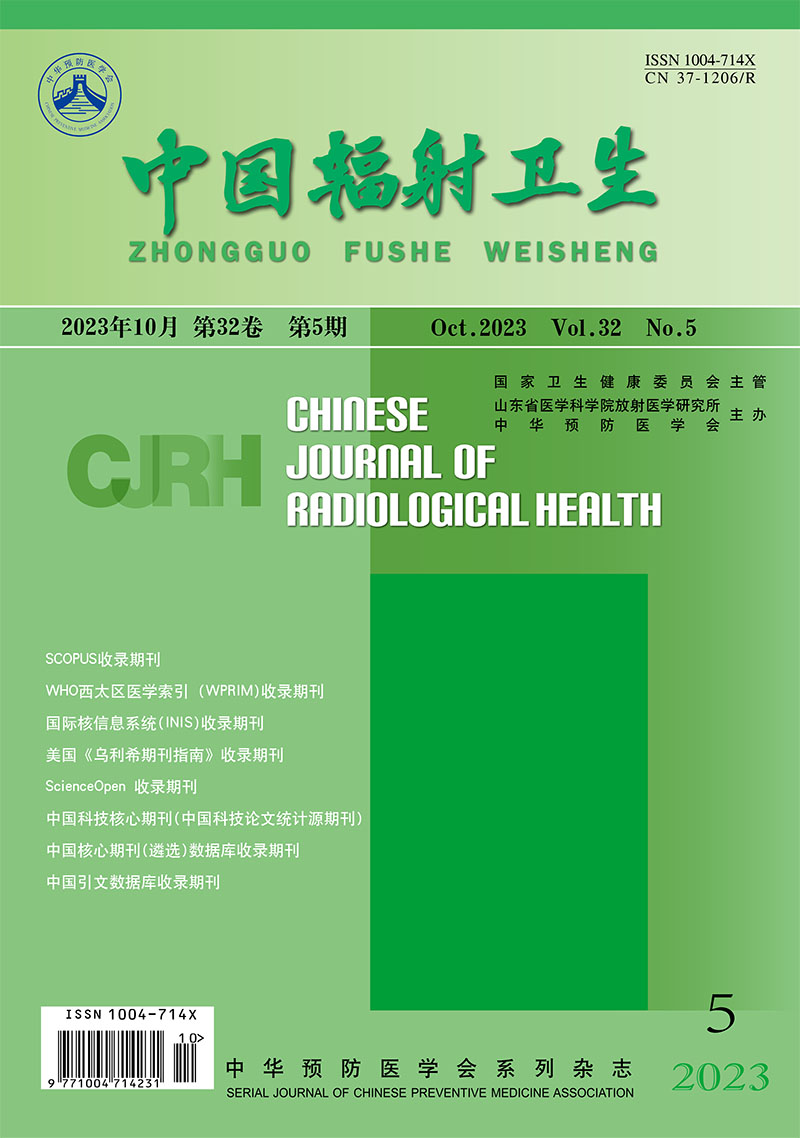Original Articles
WANG Jiping, YANG Guodong, ZOU Jiahua, YANG Zhiyong
Objective To investigate the effect of couch rotation angle on non-coplanar static intensity-modulated radiotherapy (IMRT) plan for gastric cancer and to provide a reference for clinical planning. Methods A retrospective analysis was conducted on patients who recently underwent postoperative IMRT for gastric cancer. Twenty patients who received radiotherapy in the centre of Radiation Oncology of Huanggang Central Hospital from August 2022 to January 2023 were selected. That were selected to receive a seven-field coplanar static IMRT plan based on a couch rotation angle of 0° as the control group. Then, based on the coplanar IMRT plan, only the couch rotation angle of gantry angles 30° and 330° was changed to 10°, 20°, 30°, 40°, 50°, 60°, 70°, 80°, and 90°, respectively, and nine different non-coplanar plans were established. The homogeneity index (HI), conformity index (CI) of the target volume, and monitor unit (MU), as well as Dmean, V20, and V30 of the left and right kidneys, Dmax, Dmean, V10, V20, and V30 of the spinal cord, and Dmax, Dmean, V10, V20, V30, and V40 of the small intestine and liver were compared among the 10 plans. The MU and the dosimetric parameters of the target volumes and When the couch rotation angle was 60°, the minimum HI and maximum CI of the target volume were 0.0714±0.0089 and 0.9271±0.0108, respectively, and the minimum MU was 438±26, with the best homogeneity and conformity in the target volume and the shortest machine treatment time (P<0.05). When the couch rotation angle was 10°, the Dmax of the small intestine was lowest, being (4620.73±99.27) cGy. When the couch rotation angle was 60°, the Dmean of the left and right kidneys was lowest, being (1246.30±130.35) cGy and (1001.52±103.33) cGy, respectively; the V20 of the left and right kidneys was lowest, being 22.87±6.29 and 19.69±1.84, respectively; the V10 and V30 of the spinal cord were lowest, being 40.08±4.92 and 1.68±0.34, respectively (P<0.05). Conclusion The couch rotation angle has some influence on the postoperative treatment planning for patients with gastric cancer. In the design of non-coplanar plan for gastric cancer, the couch rotation angle of 60° contributes to establishing a better radiotherapy plan.

